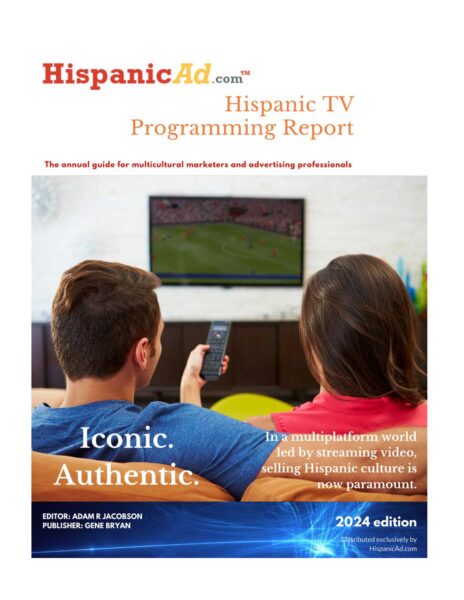One Social Media Rule ro Rule them All.
February 18, 2013
The other day I was out with my friend Sam. Sam is a very busy guy. He is, shall we say, “in demand.” People tend to want a piece of him.
While we were out, I took a photo. I added a caption and posted it to Facebook. As soon as it finished uploading, Sam’s phone pinged.
“Oh, yeah,” he says, “Your status updates push to my phone. Every time you post, I get a notification.”
I was taken aback. On the one hand, it’s a huge compliment that someone would enjoy my updates enough to actively seek to be alerted to every single one of them.
On the other hand, it’s also a huge responsibility. One of the things I secretly liked about Facebook and Twitter is that it felt like I was passively updating my friends, that if they happened to see what I post, that was great, and if they didn’t, that was OK, too.
But knowing that my updates get actively sent to people makes me reconsider them. Every time I post to Facebook, I risk Sam changing his mind, risk him deciding that, in fact, I do waste his time and my posts are actually about as original as yet another Gagnam Style remake.
I have always been conscious of what I share with the world. I don’t post links to every article I write. I don’t post pictures of my food. I try not to whine or be gratuitously mean to people. But now I realize that, rather than short semi-public diary entries, my updates might in fact be the virtual equivalent of direct mail. And this means my info isn’t just about me. It’s about you — or, if not you, whoever’s reading my stuff.
Which brings us to the One Rule. It is the social media Rule applicable to individuals and brands alike, the Rule that, when obeyed, solves all your other social media etiquette questions. It is, like so much of life, at once utterly simple and confoundingly complex. It is this: Don’t waste Sam’s time.
Implementing the Rule is simple: all you have to do is picture Sam himself, or your own equivalent: a good friend, someone whom you respect and enjoy, someone who has a lot of competing demands on his time and who has every right to be judicious about the kind of content he consumes.
And then you ask yourself: “Would I want Sam to get this update as an alert on his phone?”
And if you wouldn’t, maybe it’s time to reconsider the post.
(I can imagine the response now. “He doesn’t have to read what I write! That’s his problem, not mine!” )
Yes, Sam’s social media experience is his own responsibility, and yes, of course Sam can always turn off the alert. But the question there seems obvious: If you don’t want people you like and respect to be eager to read your updates, then why, pray tell, are you posting them?
It’s simple. One Rule. Don’t waste Sam’s time.
By Kaila Colbin
Kaila Colbin is a serial entrepreneur who is fascinated by all things Web and human.
Courtesy of MediaPost































